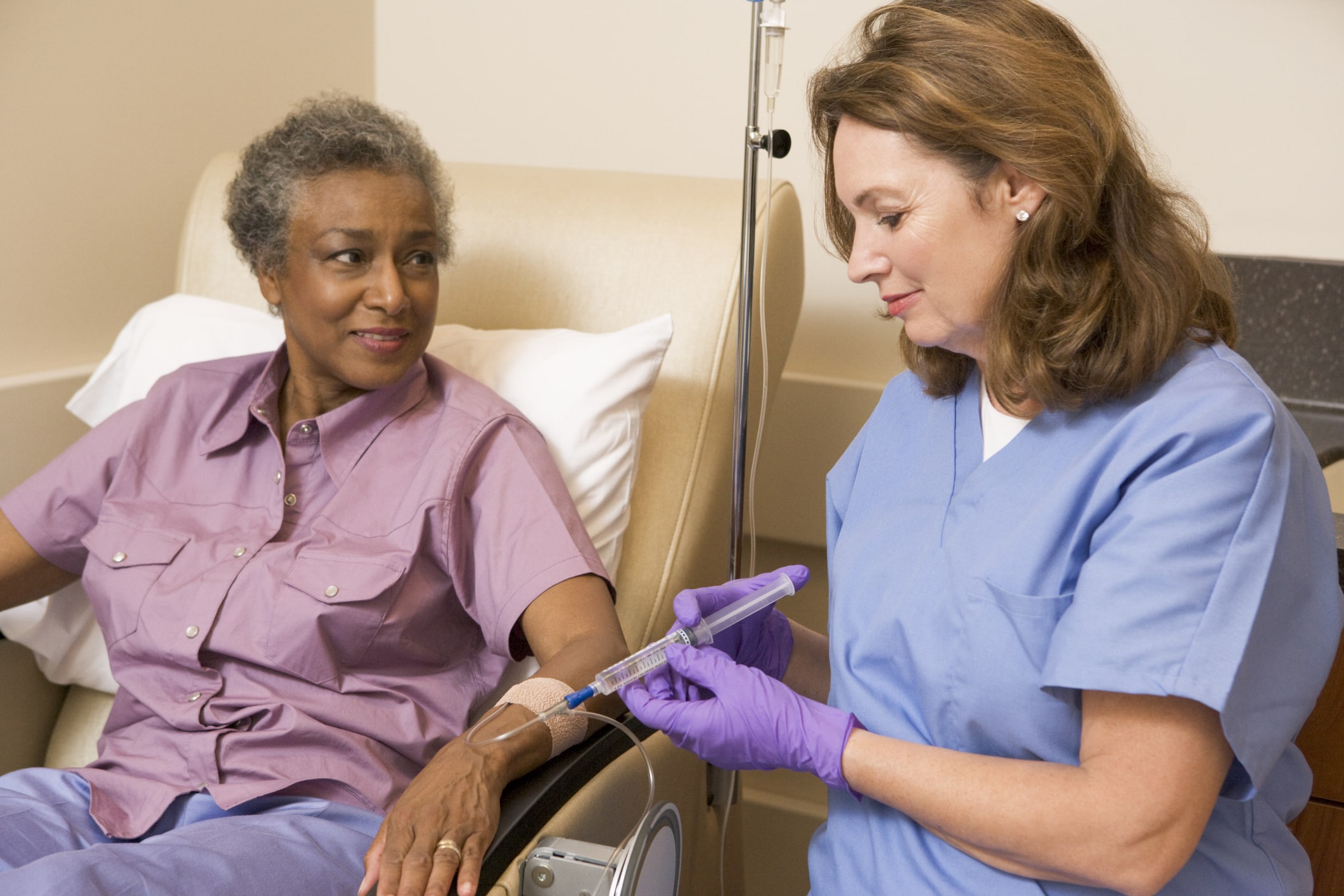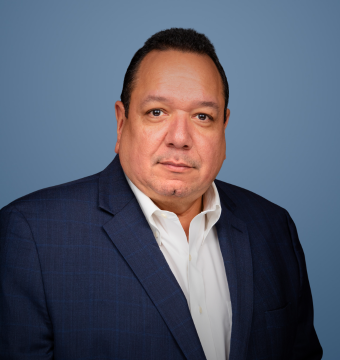
Facing a lung cancer diagnosis can be overwhelming. You may not know how you or your family will navigate this difficult journey. The Oncology Institute provides something truly rare — world-class lung cancer treatment options combined with the convenience and personal connection of community-based care.
Our Lung Cancer Center of Excellence in Fort Lauderdale, Florida, is led by Dr. Edgardo S. Santos Castillero. As a global leader in thoracic oncology, his work has shaped the field of lung cancer diagnosis, treatment, and prevention — advancing promising techniques like targeted therapy and immunotherapy. Now, patients across Florida and beyond have access to the same level of lung cancer care found at leading centers nationwide — in the heart of their community.
Whether you’re seeking answers, exploring options, or ready to begin treatment, our team is here to support your journey. Learn more about lung cancer treatments that are as unique as the person they’re designed for.
The first and most important step in your care is determining the specific type of lung cancer you have. This information guides every aspect of your treatment plan and can significantly impact your outcomes.
At the Lung Cancer Center of Excellence, our team uses advanced diagnostic tools to ensure you receive the most effective, personalized care from the very beginning for the most common forms of lung cancer.
Non-Small Cell Lung Cancer (NSCLC)
This common form of lung cancer represents about 80% to 85% of all cases. NSCLC includes several subgroups that may respond differently to various treatments. We can provide an accurate diagnosis of:
Small Cell Lung Cancer (SCLC)
Small cell lung cancer is rarer but also tends to be a more aggressive form of lung cancer, often requiring a more intensive treatment approach. SCLC can be classified as either:
Every patient at The Oncology Institute receives a personalized treatment plan. Dr. Edgardo Santos and his dedicated team are guided by deep clinical expertise, advanced molecular insights, and the most current scientific evidence. That means you benefit from a comprehensive, individualized approach that includes:

Since 2007, The Oncology Institute has been a leading voice in cancer care. With the opening of our Lung Cancer Center of Excellence in Fort Lauderdale, we can provide and coordinate the full spectrum of advanced lung cancer treatments tailored to your specific diagnosis and health care goals.
The Oncology Institute’s Lung Cancer Center of Excellence is where outstanding treatment meets local access. You’ll receive the highest quality care right here in South Florida. Led by global expert Dr. Santos, our multidisciplinary team walks alongside you, providing a compassionate, whole-patient approach that prioritizes your physical, emotional, and mental health needs throughout your treatment.
Here are some of the ways we offer our patients a different treatment experience:

Dr. Edgardo Santos is proud to lead the Lung Cancer Center of Excellence oncology team. He is internationally recognized as one of the foremost authorities in thoracic oncology and brings over 20 years of experience to our Fort Lauderdale cancer clinic.
His career is defined by excellence — from earning top honors while training at the University of Miami to holding leadership roles at Tulane University and the Lynn Cancer Institute. Dr. Santos continues to advance the field of lung cancer care and is a sought-after speaker at national and international oncology forums. His expertise and research connections bring leading-edge treatments and innovative clinical trials to the Fort Lauderdale community.

Access world-class lung cancer care at the Lung Cancer Center of Excellence in Fort Lauderdale, led by one of the most respected thoracic oncologists in the world. Dr. Santos and his team are proud to showcase the innovation and compassion that set The Oncology Institute apart.
Call us today at (754) 336-3426 or request an appointment online.